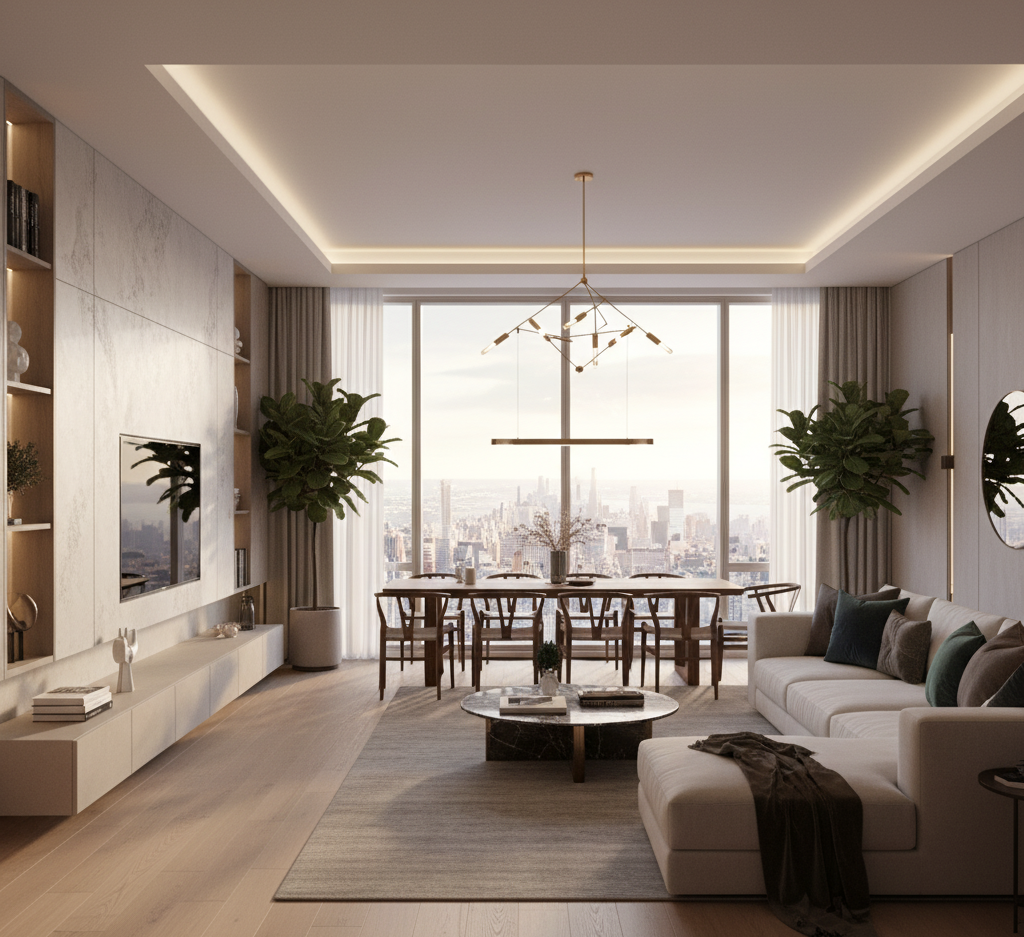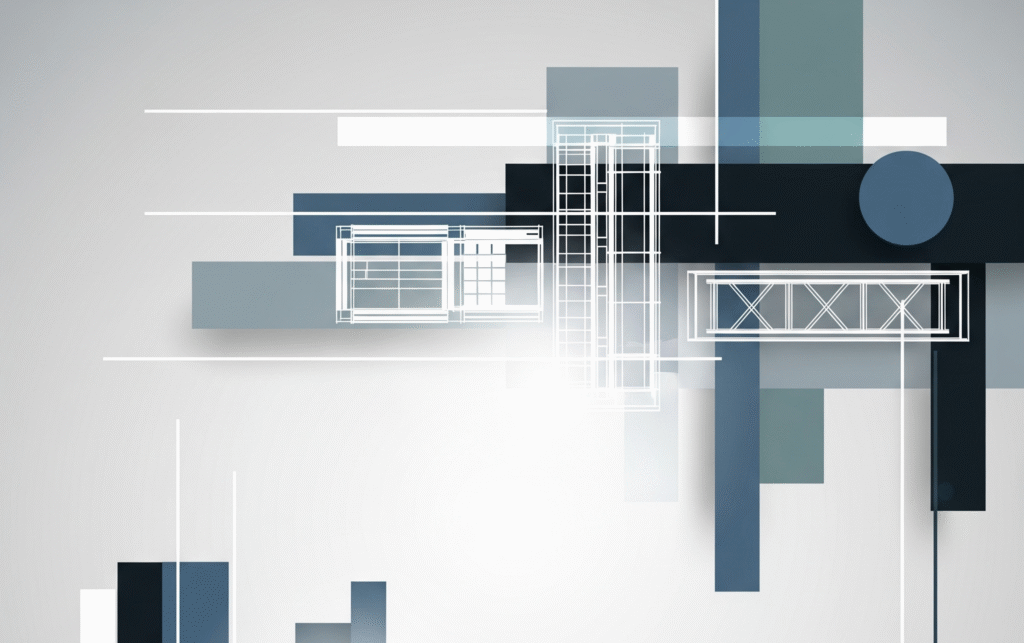For centuries, the blueprint was the primary language of architecture—a complex map of lines and numbers. Today, while those plans remain essential, a new language has emerged that speaks to everyone. Computer rendering for architecture is that language. It serves as the definitive bridge between an abstract concept and a tangible, visual reality. This technology is no longer a luxury for high-end projects; it is a fundamental, indispensable tool in the modern architectural process.

What is Computer Rendering for Architecture?
In simple terms, computer rendering is the process of creating a two-dimensional image (a “render”) from a three-dimensional digital model. Think of it as a professional photoshoot for a building that has not yet been built.
Using specialized software, artists simulate real-world materials, textures, and lighting conditions. As a result, they can produce a lifelike image that shows exactly how a project will look and feel upon completion, down to the smallest detail.
The Transformative Power: Why Every Project Benefits
Integrating computer rendering for architecture into a project’s workflow provides clear, measurable advantages at every stage.
1. Unparalleled Design Insight and Error Correction
Before rendering, a potential design flaw—like a misplaced column or an awkward hallway—might only be discovered during construction, leading to costly delays. However, a 3D render allows architects and designers to virtually “walk through” a space. This helps them spot potential issues with scale, lighting, or material clashes long before any physical work begins.
2. Crystal-Clear Client and Stakeholder Communication
A blueprint can be difficult for a client to interpret. A render, on the other hand, speaks a universal language. It ensures that architects, clients, and investors share the exact same vision. Consequently, this eliminates ambiguity, builds confidence, and leads to faster, more decisive approvals.
3. A Powerful Marketing and Sales Engine
Perhaps the most significant financial benefit is the ability to market a property before it exists. High-quality renders are the cornerstone of modern real estate marketing. They are used to create compelling brochures, interactive websites, and social media campaigns that attract buyers and tenants, often selling out a development before construction is even finished.
Applications Across the Architectural Spectrum
The versatility of computer rendering makes it essential for nearly every type of design and construction project:
- Residential Architecture: From single-family homes in serene landscapes to towering urban apartment complexes.
- Commercial Spaces: Crafting the perfect atmosphere for offices, retail stores, hotels, and restaurants.
- Urban Planning: Visualizing how new developments will integrate into existing cityscapes.
- Interior Design: Perfecting every detail of an interior space, from furniture layouts to material finishes.
Conclusion: More Than an Image – An Essential Tool
Ultimately, computer rendering for architecture is far more than just a tool for creating “pretty pictures.” It is an integral part of the modern design lifecycle. It serves as a platform for design validation, a medium for flawless communication, and a catalyst for successful marketing. In today’s competitive market, a digital blueprint is just as important as the traditional one.
Contact us to learn more about our photorealistic 3D visualization services for your project and to create the space of your dreams together.
